Seagrass and salt marshes team up to fight coastal erosion

Researchers at the Virginia Coast Reserve LTER recently found that adjacent patches of salt marsh and seagrass increase sedimentation benefits in shallow coastal bays.
LTER Science Update provides short, accessible articles describing recent news and publications from across the Network. We hope you will be informed and inspired. Subscribers can sign up online and manage their own subscription settings, so feel free to share with interested colleagues. Have a recent paper or project that may be of interest? Please send us a few basic details using our news submission form and we’ll follow up.
LNO and other organizational updates will continue to appear in Network News on a quarterly basis or as needed.

Researchers at the Virginia Coast Reserve LTER recently found that adjacent patches of salt marsh and seagrass increase sedimentation benefits in shallow coastal bays.
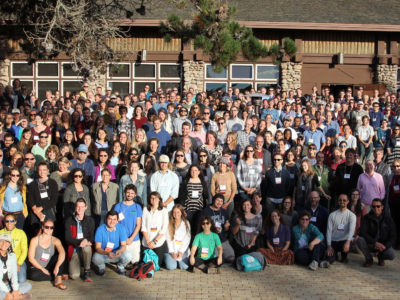
Sunshine, sand, and surf greeted participants of the 2018 LTER All Scientists’ Meeting as they arrived at Asilomar Conference Grounds in Pacific Grove, California. For four days, Asilomar was abuzz with the excitement of nearly 600 people sharing new scientific ideas and discussions. The theme of the 2018 meeting, Next Generation Synthesis: Successes and Strategies,… Read more »
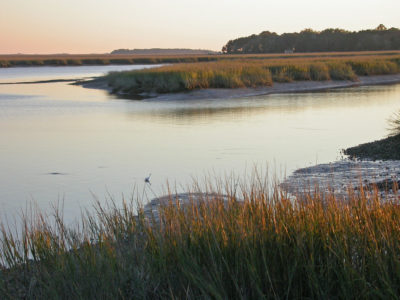
On the boundaries of fresh and saltwater systems, coastal marshes give rise to diverse, productive ecosystems that act as carbon sinks. Their secret? Freshwater marsh plants receive just the right amount of nutrients and salt from periodic seawater tides to thrive. However, incursions of saltwater into these systems are increasing —often caused by drought and… Read more »
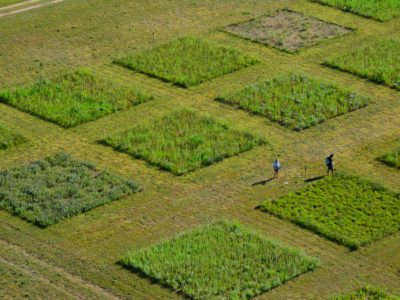
Observed benefits of carbon dioxide enrichment to C3 v. C4 plants appear to reverse after 12 years of treatment.
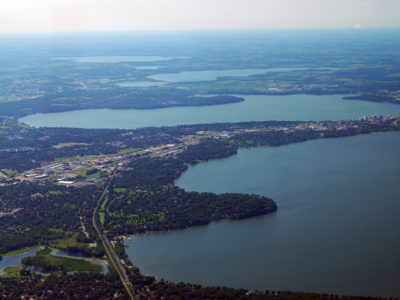
The Yahara may sound like the name of a vast desert, but it’s actually a 359-square mile watershed in southern Wisconsin. The Yahara Watershed is a mix of urbanized land (including the state capital), productive agriculture land, and a chain of lakes called the Yahara Lakes. Because of its diverse environment, the Yahara provides many… Read more »

Climate change is already impacting polar habitats such as the Arctic tundra, where increasing temperatures are causing permafrost to thaw and exposing soil and organic matter that have been buried for thousands of years. Many scientists predicted that this soil, once exposed, would release a massive amount of sequestered carbon into the atmosphere, contributing to… Read more »
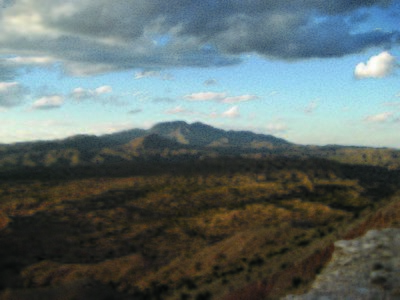
Relying on a 114 year-long data set, researchers from the Sevilleta LTER have developed a more accurate way to model climate sensitivity functions that describe the relationship between ecological variability and plant productivity, rather than focusing on linear relationships between ecosystem response and average climate trends, as is more typical. While variances in factors such as… Read more »

Hurricanes are typically considered destructive and disastrous, with high-speed winds exceeding 75 miles per hour and torrential downpours. These powerful storms can have major impacts on tropical forests, ripping open the forest canopy and causing organic debris to pile up on the forest floor. Despite these seemingly destructive qualities, new research suggests that ecological disturbance… Read more »
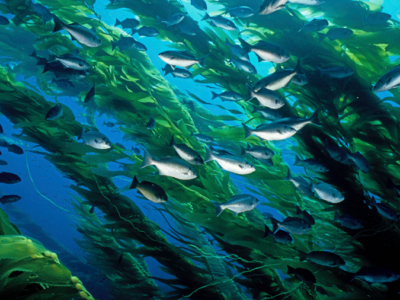
Kelp forests have long been known to harbor a high number and diversity of marine species, from tiny crustaceans to large fish and marine mammals. This biodiversity tends to be attributed to the complex structure and productivity of giant kelp, earning it the title ‘foundational species’. Surprisingly, however, little quantitative data has been assessed to… Read more »
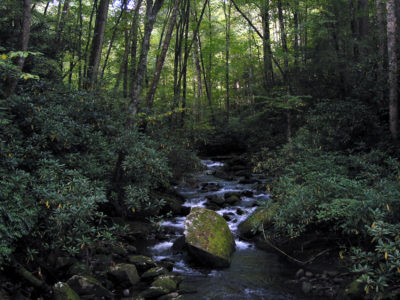
In ecology, timing is key to understanding how daily, seasonal, or yearly cycles impact environmental processes. But it’s not just about how often impacts occur, but also over what length of time. Decades worth of data synthesized by researchers at Coweeta LTER provide some of the clearest evidence to date that long-term observations of ecosystem… Read more »